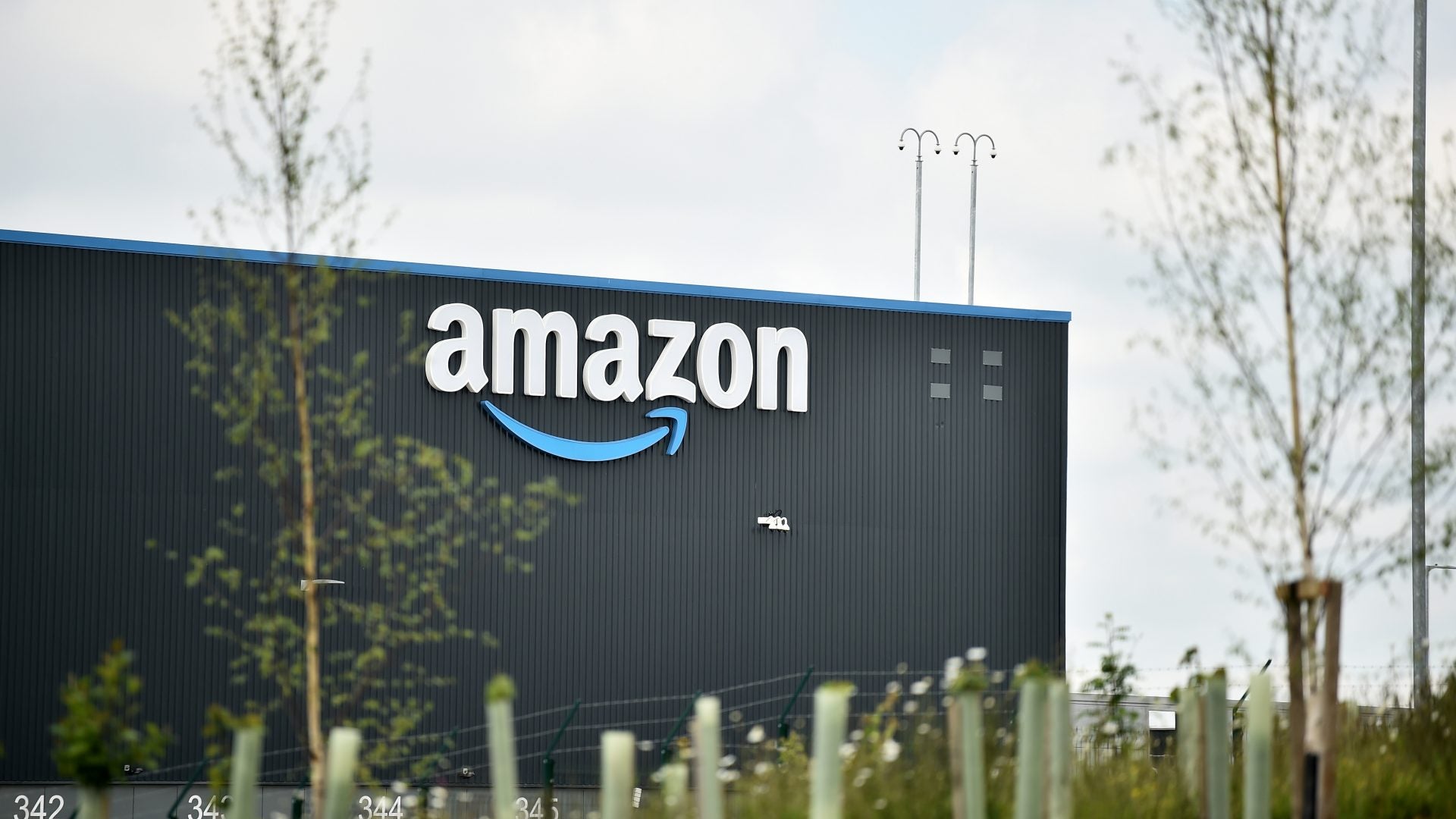
At the beginning of 2019, Amazon employed approximately 650,000 people. Over the course of the year, they hired over 770,000 hourly workers—this basically equates to the entirety of Amazon’s work force leaving and being replaced—in the span of just one year. This phenomenon of Amazon’s massive worker turnover prompted the New York Times to investigate. They published their findings in an illuminating exposé just in time for Amazon’s self-proclaimed holiday, “Prime Day,” this Monday and Tuesday.
“In documenting the untold story of how the pandemic exposed the power and peril of Amazon’s employment system, reporters interviewed nearly 200 current and former employees, from new hires at the JFK8 bus stop to back-office workers overseas to managers on Staten Island and in Seattle,” the report says. Reporters also “reviewed company documents, legal filings and government records, as well as posts from warehouse feedback boards that served as a real-time ticker of worker concerns.”
To sustain this churn of their work force leaving and being replaced, about 10 million people need to apply to work at Amazon every year, which is roughly 5% of the total work force in the United States.
“That rate, almost double that of the retail and logistics industries, has made some executives worry about running out of workers across America.” One such Amazonian who worked in human resources “likened [this strategy] to using fossil fuels despite climate change…‘We keep using them,’ he said, ‘even though we know we’re slowly cooking ourselves.’”
Meanwhile, Amazon likes to tout job creation, priding themselves on being a “force for growth and sustenance.” But, that is not an accurate assessment when “many workers cycled out of Amazon within months or even days.”
While this might not seem like an effective way of doing business, this emanated from the top—Jeff Bezos did not desire his hourly employees to stay employed for a long period of time, as he considered such a large and discontented work force to be a threat, Amazon’s former H.R. vice president told the Times. Beyond that, “[c]ompany data showed that most employees became less eager over time…and Mr. Bezos believed that people were inherently lazy.”
The numbers also paint a picture that further show the disparities that exist within this high turnover rate. Warehouse employees are disproportionately people of color, while management is largely White. Indeed, Amazon has included a goal in their widely publicized smorgasbord of diversity and safety initiatives “to ‘retain employees at statistically similar rates across all demographics’ — an implicit admission that the numbers had been uneven across races.”
Managing workers by an almost cripplingly reliance on technology has resulted in faulty attendance records, terminations, and job-abandonment notices, which only adds to this vicious cycle. However, this has not impeded Amazon’s bottom line, as they have experienced one of their most profitable times in the company’s history.
But, despite bringing in $125.6 billion in sales from October-December 2020, and producing over $21 billion in profit in 2020, globally Amazon spent only “$2.5 billion on the extra pandemic pay in the spring and seasonal bonuses; for the holidays, warehouse employees got $300, $150 for part-timers.”
While some are hopeful for change, a former employee fears that it might be too late. “’Now,’ he said, ‘let’s see if they can innovate their way out of this.’”